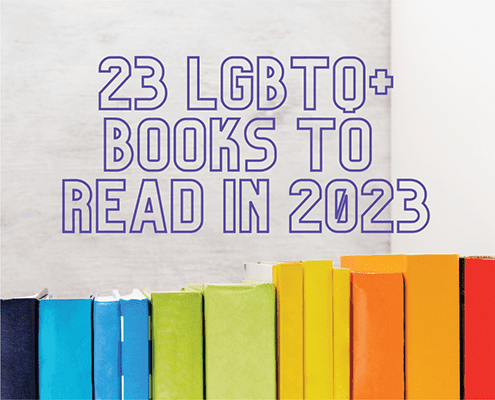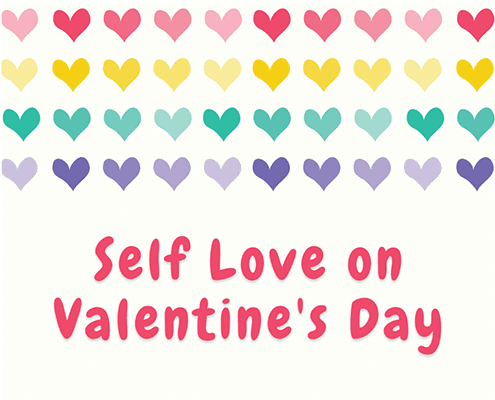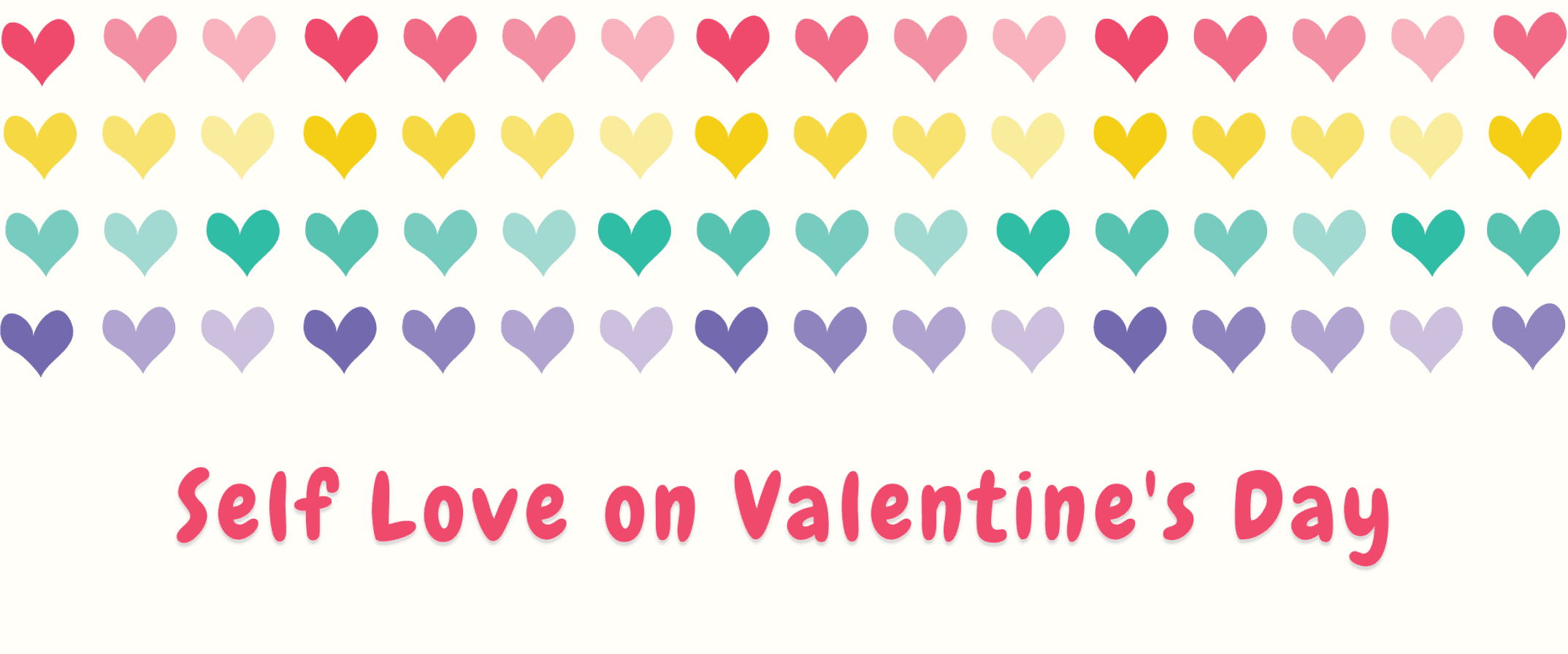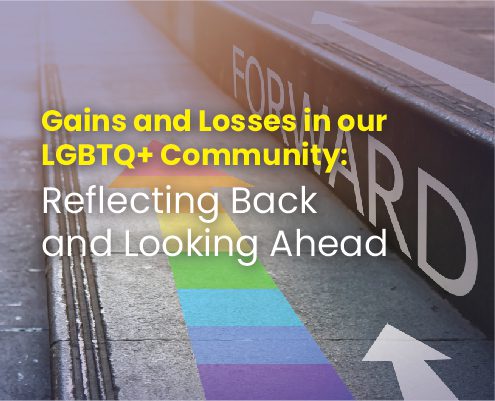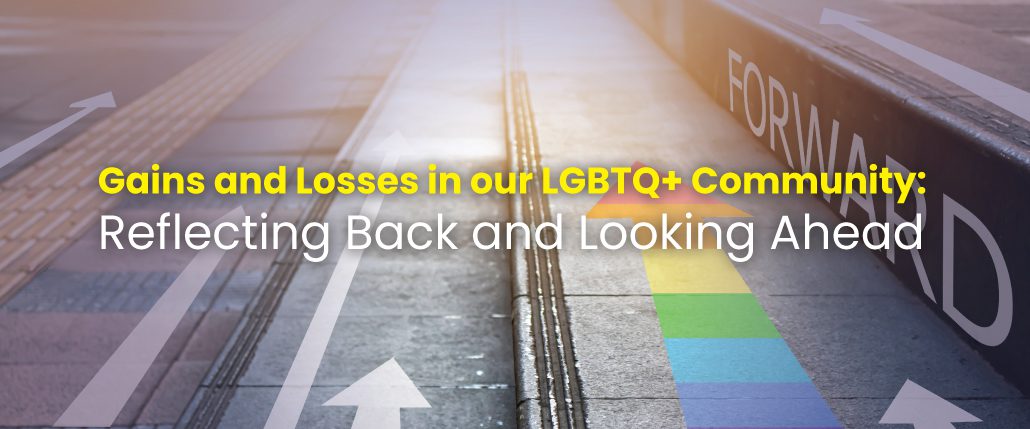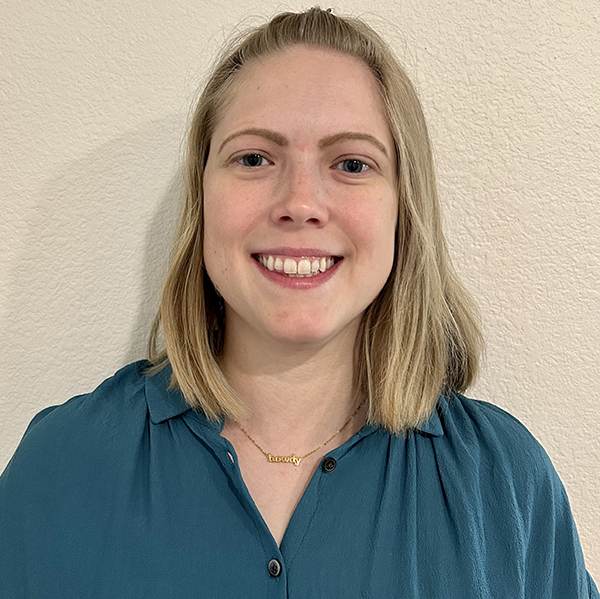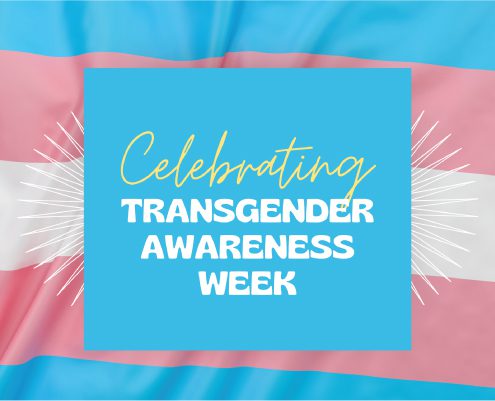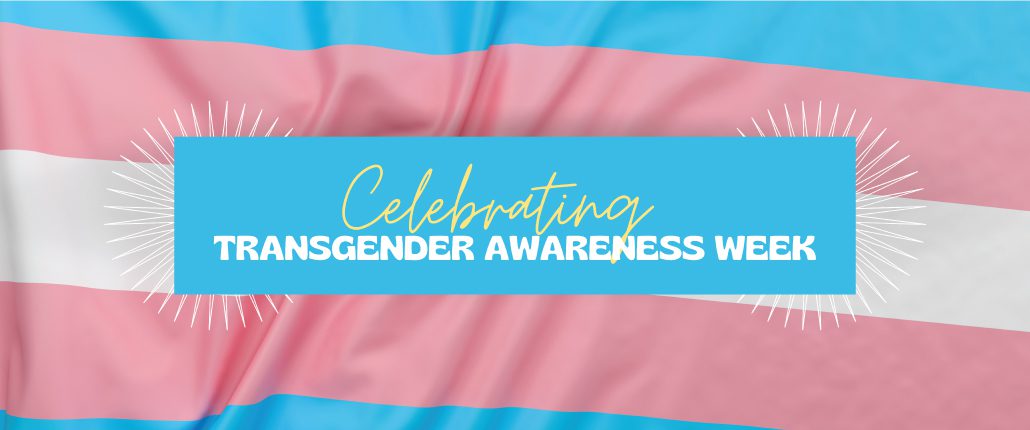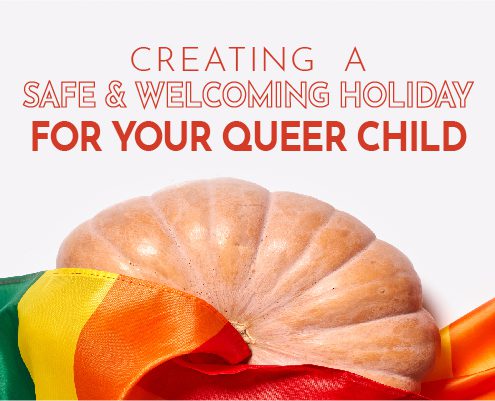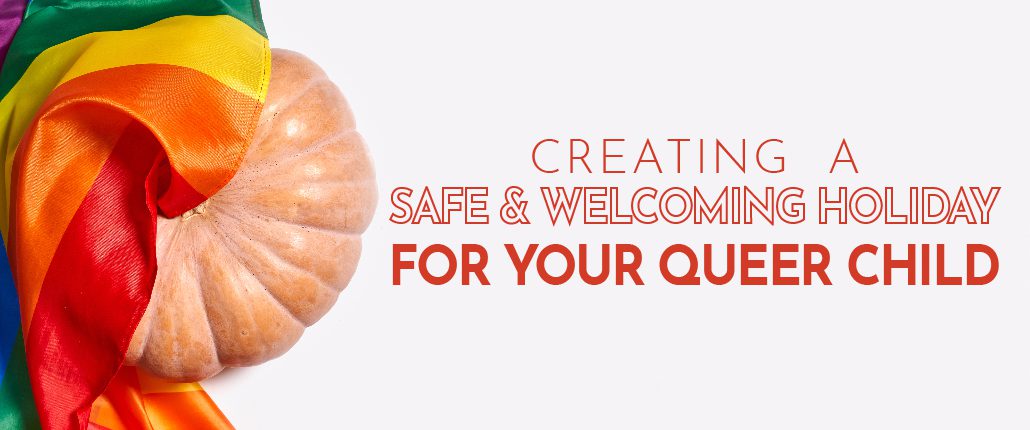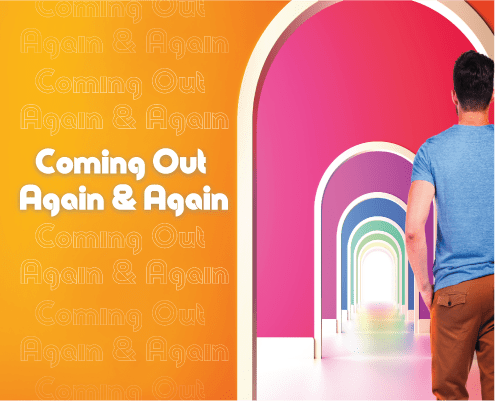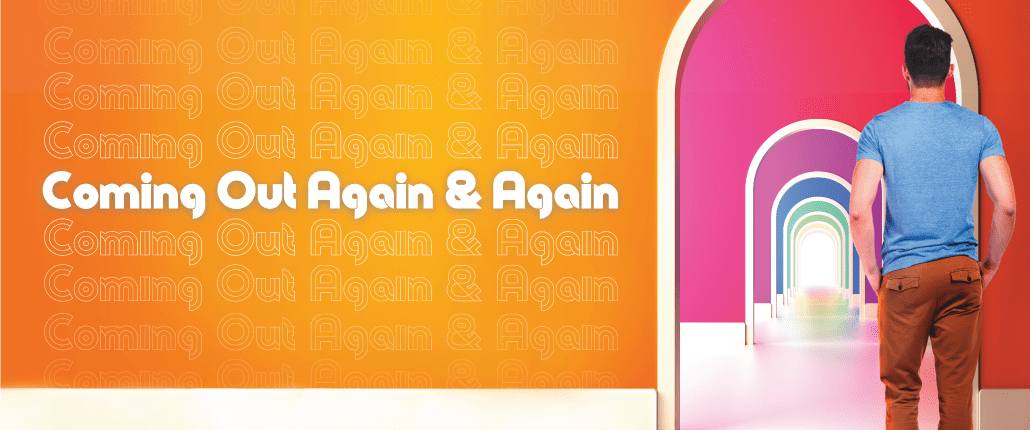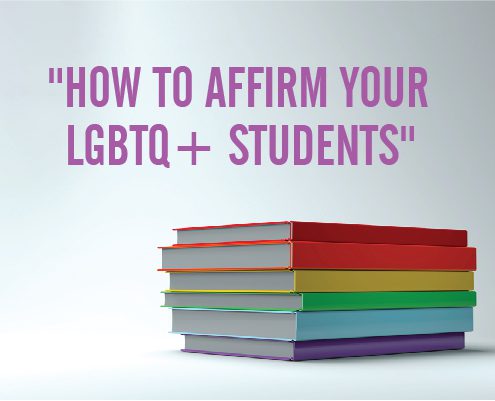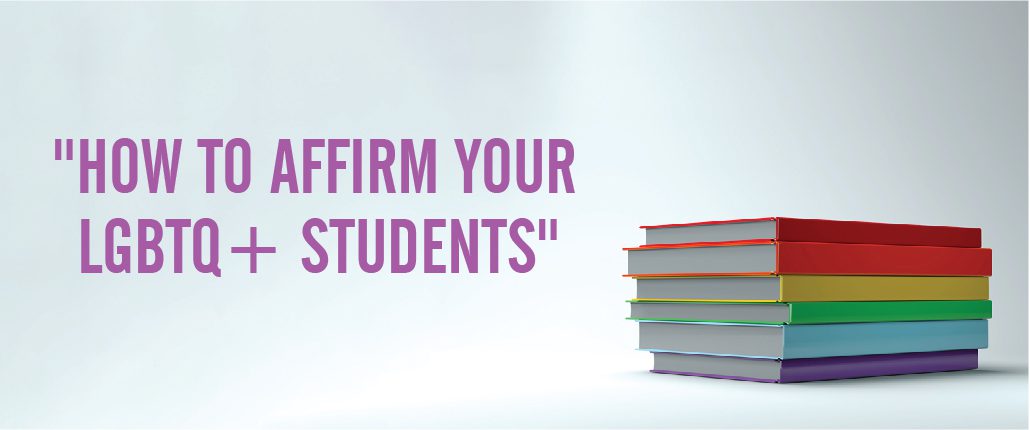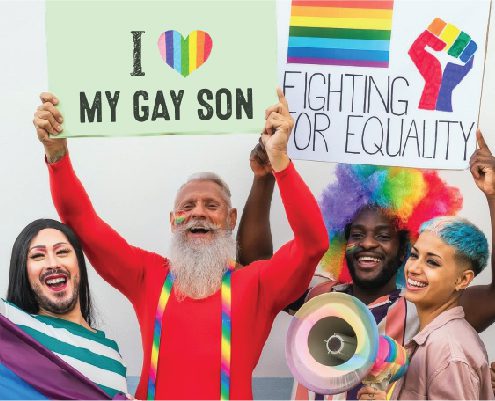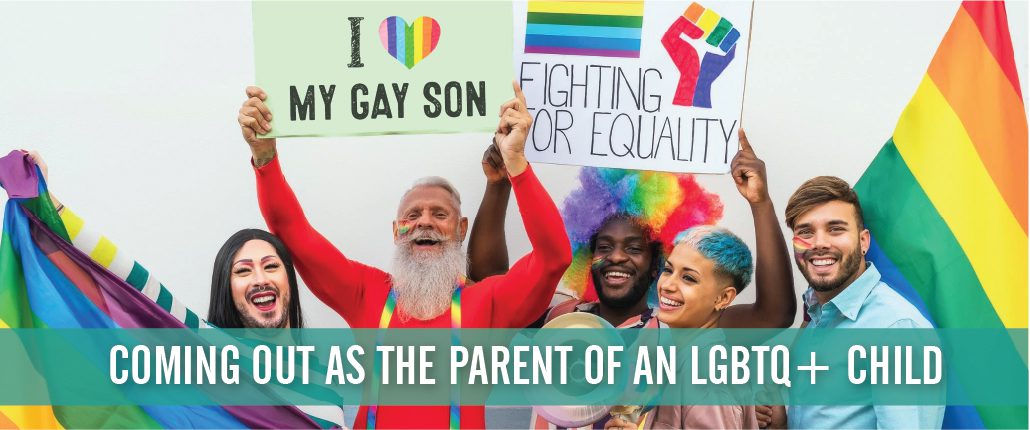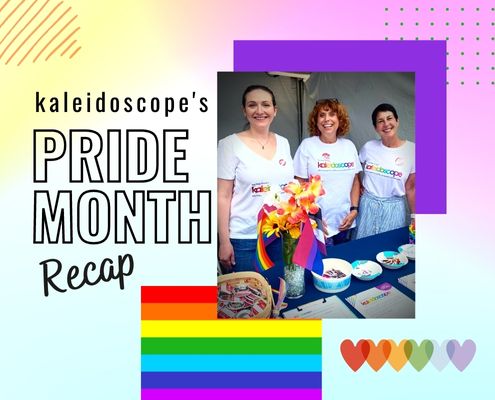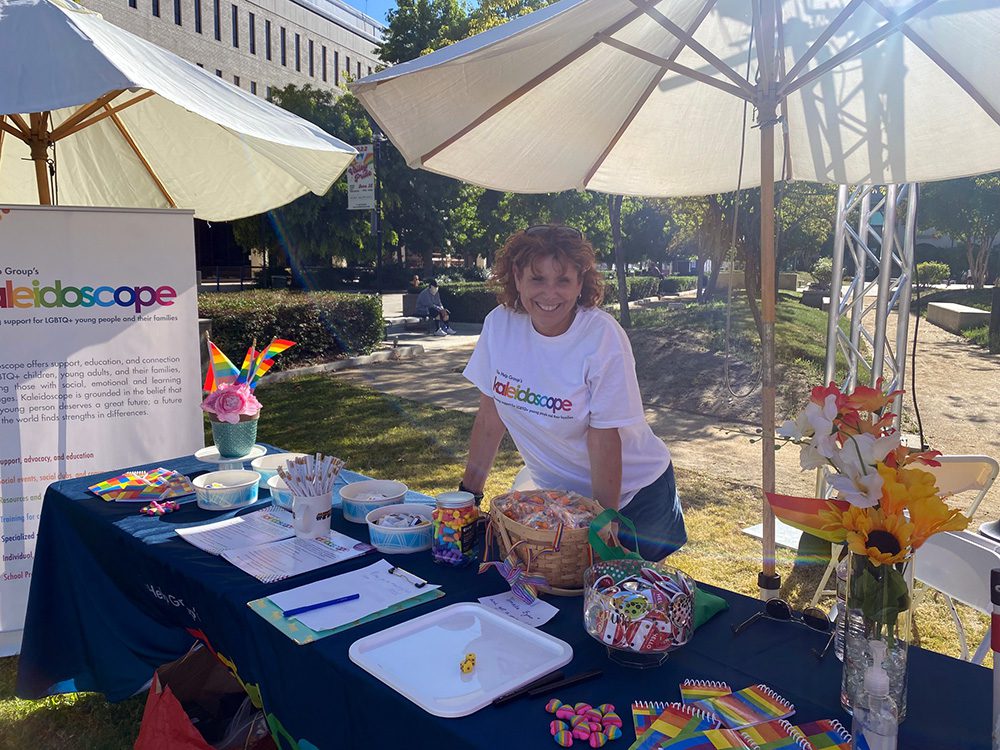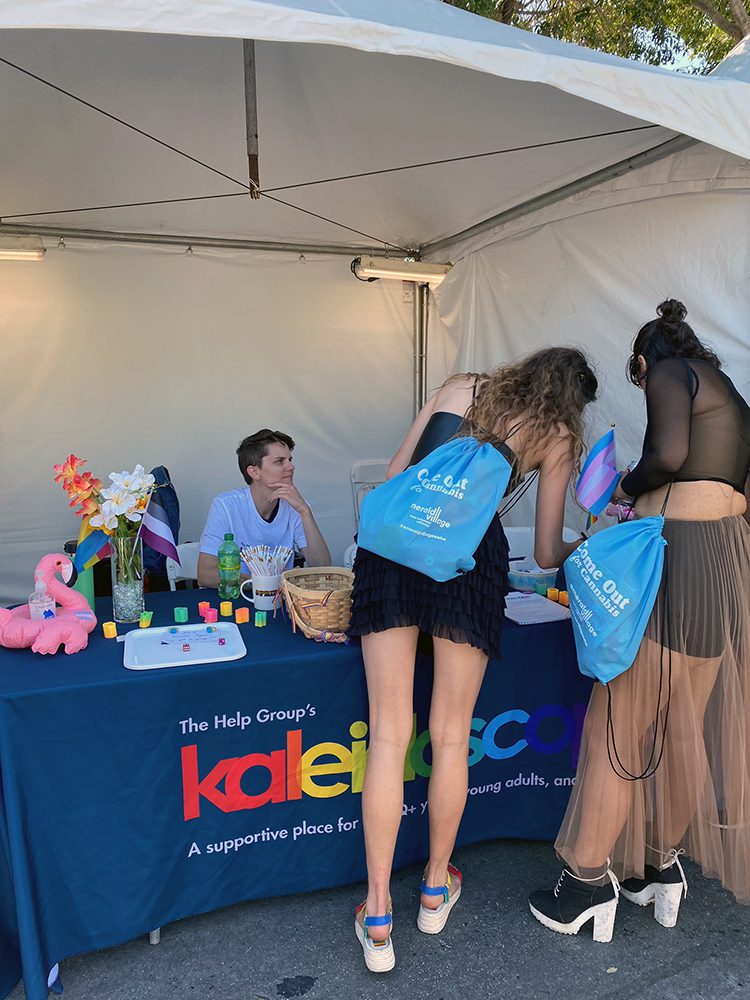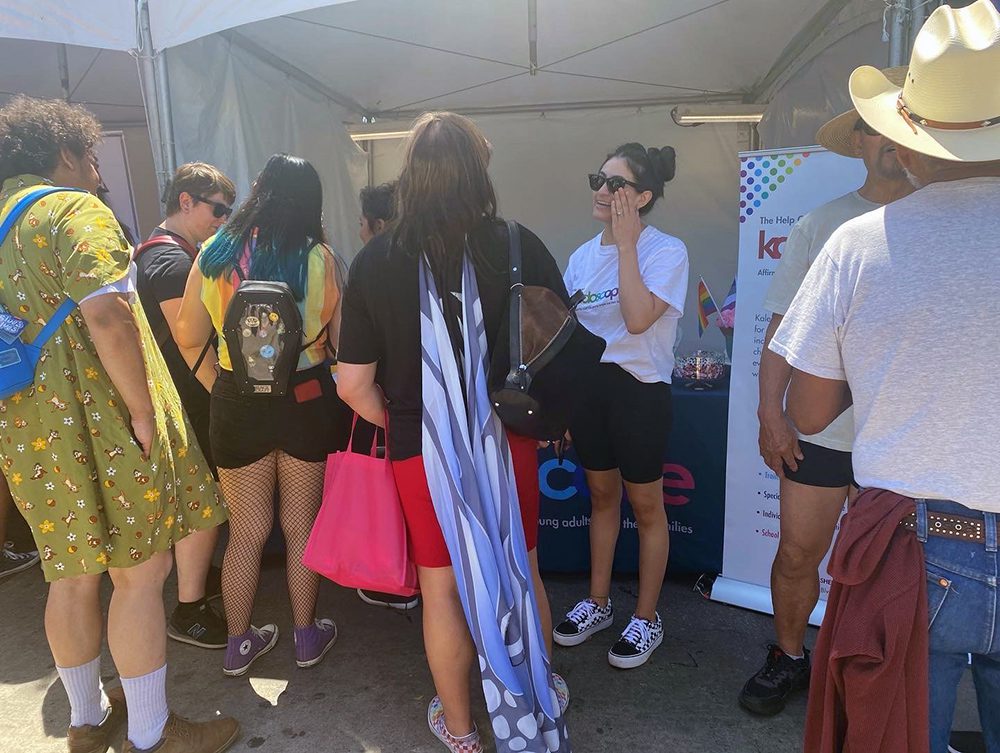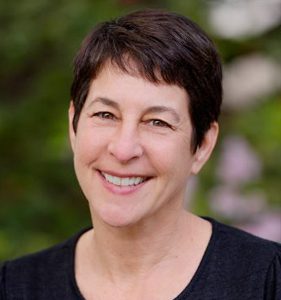23 LGBTQ Books to Read in 2023
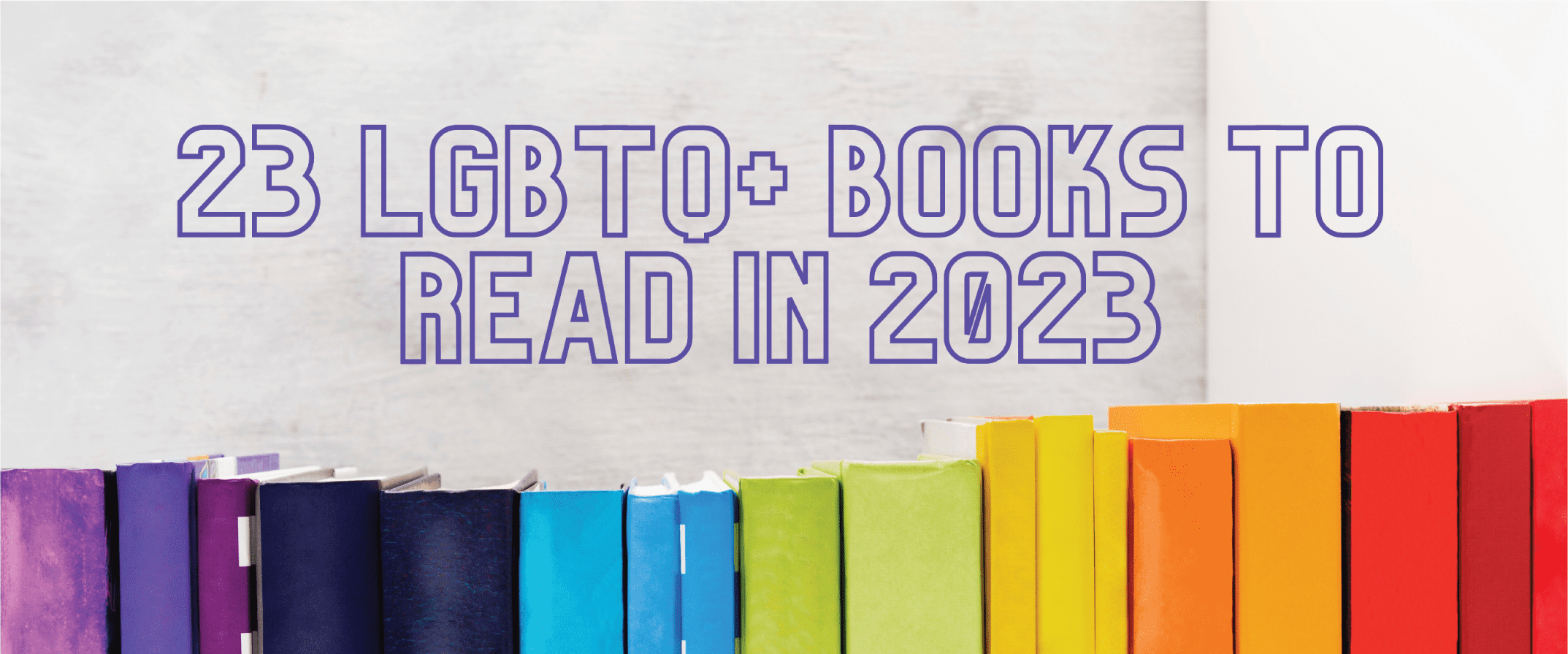
23 LGBTQ Books to Read in 2023
By Leo Kirkham
Finding a good book is no easy feat. But whether it’s gray and rainy or shining and bright, this list of 23 new releases in 2023 books will help you get through your day with a smile on your face. Books with autistic representation are marked with an asterisk (*).
The Daughters of Izdihar by Hadeer Elsbai
In this book inspired by modern Egyptian history, Nehal is a young woman who desires to pursue an education in elemental magic. However, her father’s debts force her into an arranged marriage with a man who is in love with another woman, a bookseller named Giorgina. Giorgina is an earthweaver with uncontrollable powers who participates in the Daughters of Izdihar, a radical women’s rights group. As tensions rise with a neighboring nation and war looms in the background, Nehal and Giorgina must struggle to earn and keep their freedom.
Young adult, fantasy
Available January 10, 2023
A Tale Of Two Princes by Eric Geron
In this Parent Trap-style story, Edward and Billy are long-lost twins living vastly different lives–one as a prince, one in rural Montana–until a chance reunion in NYC brings them together. This story of growing pains and new beginnings is kicking off our year with a royal start.
Young adult, contemporary
Available January 10, 2023
Sorry, Bro by Taleen Voskuni
An Armenian-American woman is thrust into a month-long event series called “Explore Armenia” by her mother, who is pressuring her to find a husband. But it’s not the mom-approved doctor or engineer who catches her eye, it’s a woman named Erebuni. As the closing event looms and her whole family will be there, her worlds – proudly Armenian, proudly bisexual – are about to collide.
Adult, contemporary, romance
Available January 31, 2023
The Black Queen by Jumata Emill
Nova, the first Black homecoming queen at Lovett High, is found murdered. Her best friend, Duchess, is determined to expose the killer, who she believes is the beautiful, wealthy, and white popular girl who wanted the crown for herself, Tinsley McArthur. Duchess’s father is the first Black police captain in Lovett, and he falls behind the blue line and lets Tinsley walk. In order to prove that Tinsley is guilty, Duchess is going to have to get close to her.
Young adult, mystery
Available January 31, 2023
Hijab Butch Blues: A Memoir by Lamya H
A play on the classic novel, Stone Butch Blues by Leslie Feinberg , Hijab Butch Blues focuses on a queer hijabi Muslim immigrant who is surviving her coming of age by drawing strength from the Quran.
Nonfiction, memoir
Available February 7, 2023
She is a Haunting by Trang Thanh Tran
Another spooky read, She is a Haunting tells the story of a young Vietnamese girl, closeted to her estranged father, visiting him for a month in his French colonial house he is renovating. She wants to get in and get out of the house with the college money her father has promised her, but the house has other ideas. She keeps waking up paralyzed and covered in insect legs, haunted by the ghost of a bride who gives her one warning: don’t eat.
Young adult, horror
Available February 28, 2023
*The Ojja-Wojja by Magdalene Visaggio and Jenn St-Onge (illustrator)
Val and Lanie, eighth graders in a mysterious small town, experience a ghost sighting. After a run-in with the school’s queen bee (and Lanie’s former friend), they accidentally summon the Ojja-Wojja, a demon connected to the town’s dark history. With all hell breaking loose, Val, Lanie, and their small group of friends must save the town.
Graphic novel, horror, mystery
Available Mary 7, 2023
Something Wild & Wonderful by Anita Kelley
From the author of Love & Other Disasters comes a story about two men hiking the Pacific Crest Trail. In a grumpy-meets-sunshine rom-com, these two men must make decisions about their journeys – on the trail and off.
Adult, contemporary, romance
Available March 7, 2023
*This Is the Way the World Ends by Jen Wilde
At a scholarship dinner for her prestigious school, Waverly witnesses a brutal murder, followed by a global blackout. Waverly, her crush, and her friends must navigate through a maze of elevators, secret passageways, and back rooms to escape the masquerade ball and survive the night.
Young adult, mystery, thriller
May 9, 2023
The Big Reveal: An Illustrated Manifesto of Drag by Sasha Velour
The Season 9 winner of RuPaul’s Drag Race combines memoir, queer theory, and history into a stunning manifesto of drag.
Nonfiction, memoir, illustrated
Available April 4, 2023
Just As You Are by Camille Kellogg
As a writer at a queer magazine, Liz is not thrilled to learn that a new minority investor, Daria, is making big changes at her firm to cut costs. Daria is also critical of Liz’s writing, but just when Liz thinks she’s going to get herself fired with a mouthy comment, she spends more time with Daria and gets to know her soft side. Against her better judgment, Liz is feeling chemistry between them. Where will they go from here?
Adult, contemporary, romance
Available April 25, 2023
In the Lives of Puppets by TJ Klune
In this sci-fi retelling of Pinocchio, a human raised by a robot learns of his father’s dark past, and their family is suddenly on the run from authorities. To save his robot father from being deprogrammed, Victor must make decisions about what love and family means.
Adult, sci-fi, fantasy, fairytale retelling
Available April 25, 2023
*Margo Zimmerman Gets the Girl by Sara Waxelbaum and Brianna R. Shrum
Freshly out as gay to herself, and an overachiever, Margo is determined to master her gayness. In exchange for history tutoring, Abbie gives Margo Zimmerman “Queer 101” lessons. But as they spend more time together, Margo starts to realize she doesn’t want just any girl – she wants the girl.
Young adult, contemporary, romance
Available May 2, 2023
The Sun And The Star by Rick Riordan and Mark Oshiro
For Percy Jackson fans, this new book features the side characters and gay couple Nico and Will in a book of their own. Filled with mythology and adventure, this is a don’t-miss for fans.
Middle grade, fantasy
Available May 2, 2023
Only This Beautiful Moment by Abdi Nazemian
From the Stonewall Honor-winning author of Like a Love Story comes a story of three boys from separate generations of an Iranian family – one in 1939, one in 1978, and another in 2019 – each of them battling a unique challenge with their identity, sexuality, and intergenerational trauma.
Young adult, contemporary, historical fiction
Available May 9, 2023
You Don’t Have a Shot by Racquel Marie
Valentina arrives at her childhood summer soccer camp only to realize that her soccer rival, Leticia, is now her co-captain, and college scouts will be watching their skills as a team. Will they be able to put aside their differences and work together?
Young adult, contemporary, romance
Available May 9, 2023
Fake Dates and Mooncakes by Sher Lee
In this young adult rom-com, Dylan wants to win the mooncake-making competition to support his family, but when distraction Theo shows up and asks him to be his fake date to a wedding in the Hamptons, can Dylan follow his heart and save his family’s business?
Young adult, contemporary, romance
Available May 16, 2023
*The Luis Ortega Survival Club by Sonora Reyes
Warnings: sexual assault
Ariana, a queer autistic girl, is a victim of sexual assault at a high school party. When an unlikely group of students emerges determined to expose the truth and defend Ariana, this brave and heart-wrenching story turns to one of friendship and camaraderie when it matters most.
Young adult, contemporary
Available May 23, 2023
Pageboy by Elliot Page
The famous actor came out as trans in 2020 and plans to release his memoir this year. He wrote in his book announcement, “Books have helped me, saved me even, so I hope this can help someone feel less alone, feel seen, no matter who they are or what path they are on.”
Nonfiction, memoir
Available June 6, 2023
The Sea Elephants by Shastri Akella
Set in 1990s India, a young gay man runs away to escape his father’s threats to send him to a conversion camp. He joins a street theater troupe, playing the role of humans and gods, men and women, and he finally starts to feel like himself.
Adult, literary fiction
Available July 11, 2023
by Jake Maia Arlow
This book follows a middle school girl dealing with a Crohn’s disease diagnosis and the discovery that she is queer. With humor and honesty, this book is perfect for your middle schooler or for anyone willing to revisit those painful years.
Middle grade, contemporary
Available August 1, 2023
Teach the Torches to Burn by Caleb Roehrig
In this Romeo & Juliet retelling, a queer teen boy in Verona, Italy harbors a secret from his family: he only likes boys, and he doesn’t want to marry a woman to uphold his family’s “honor.” One night, he sneaks into a Capulet party with his cousin and meets Valentine, the sweetest, most beautiful boy. A tender romance begins as the conflict between the Montagues and the Capulets rages on, and Romeo and Valentine are in danger of losing each other forever.
Young adult, historical fiction, Shakespeare retelling
Available August 22, 2023
*The Spirit Bares Its Teeth by Andrew Joseph White
In late 1800s London, a transgender boy with autism and the ability to commune with spirits falls ill and is sent away to a boarding school, where the ghosts of missing students begin asking him for help.
Young adult, horror, historical
Available September 5, 2023
Looking for fun, social programming for a teen or young adult, visit Kaleidoscope’s events page here.
Interested in therapy? The Help Group’s Lumina Counseling has appointment availability throughout the week and weekends, both in-person and online. To learn more, visit Lumina Counseling’s website here.
